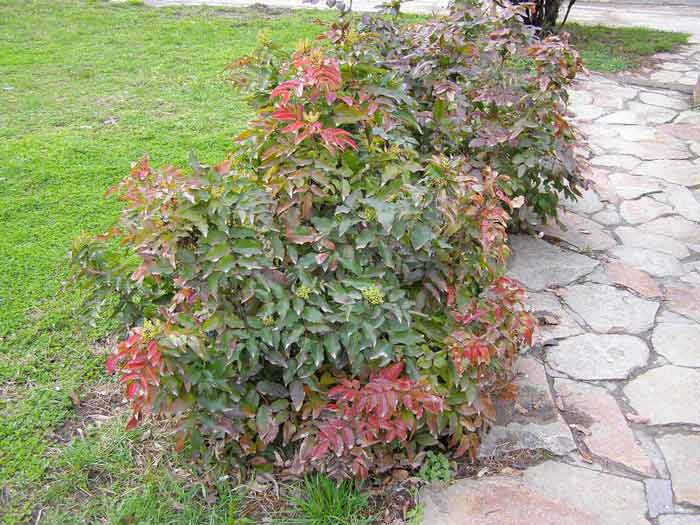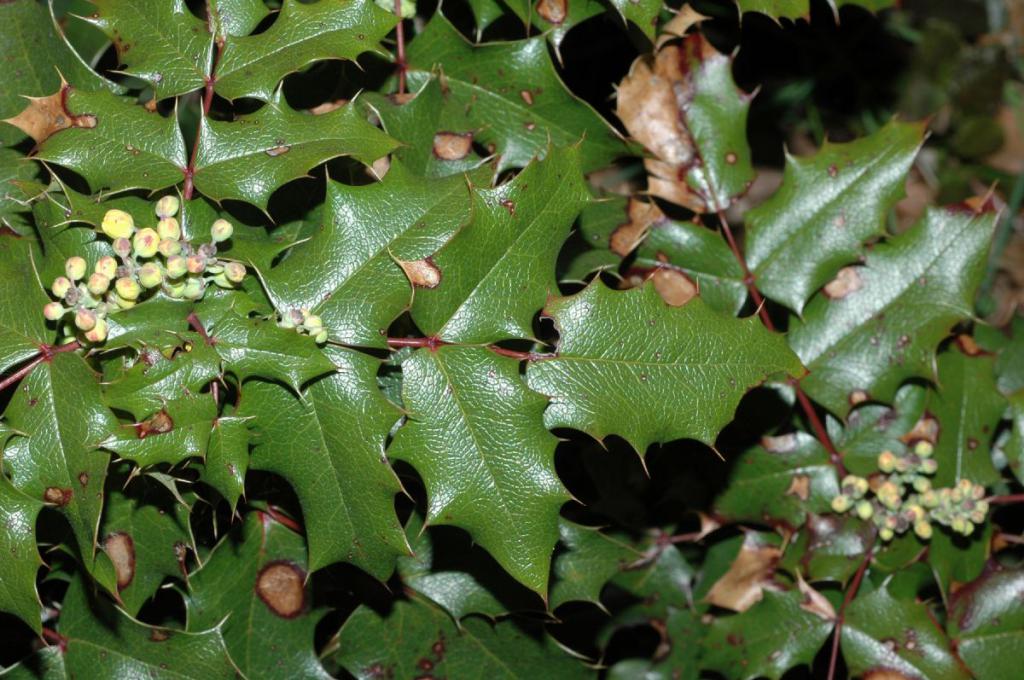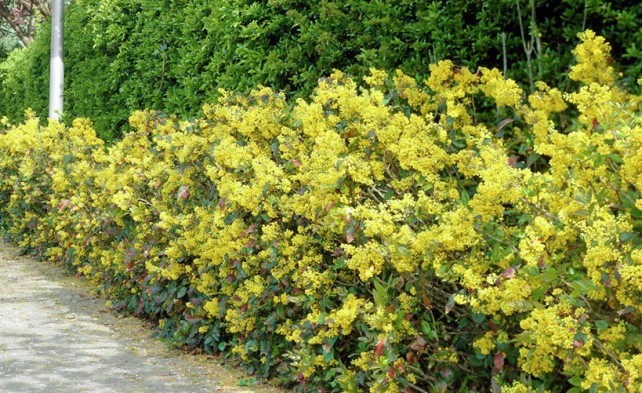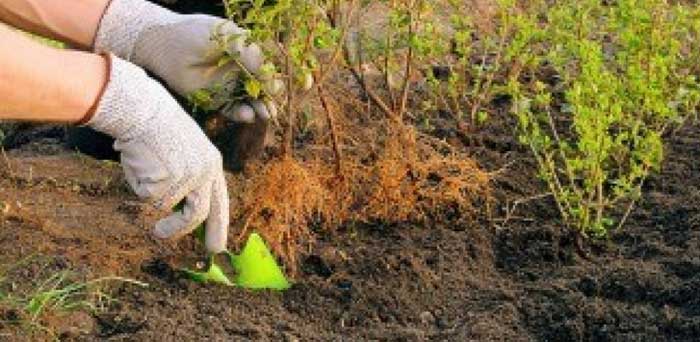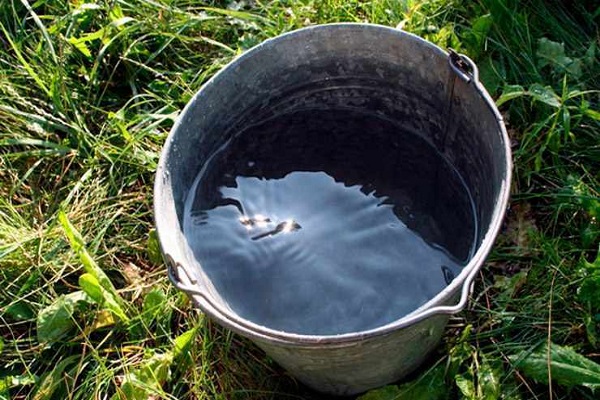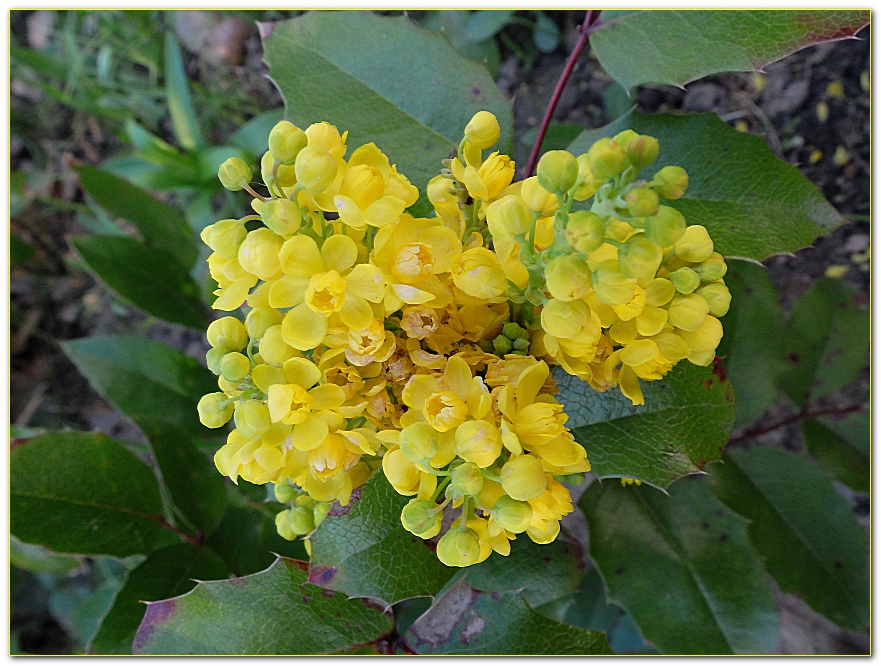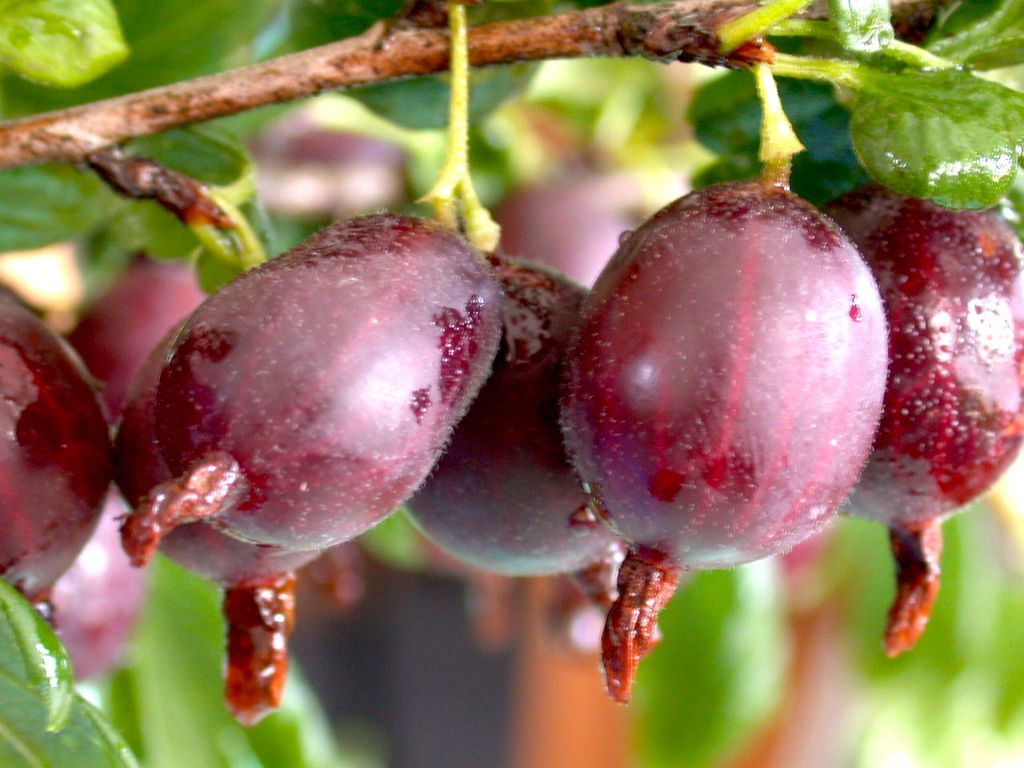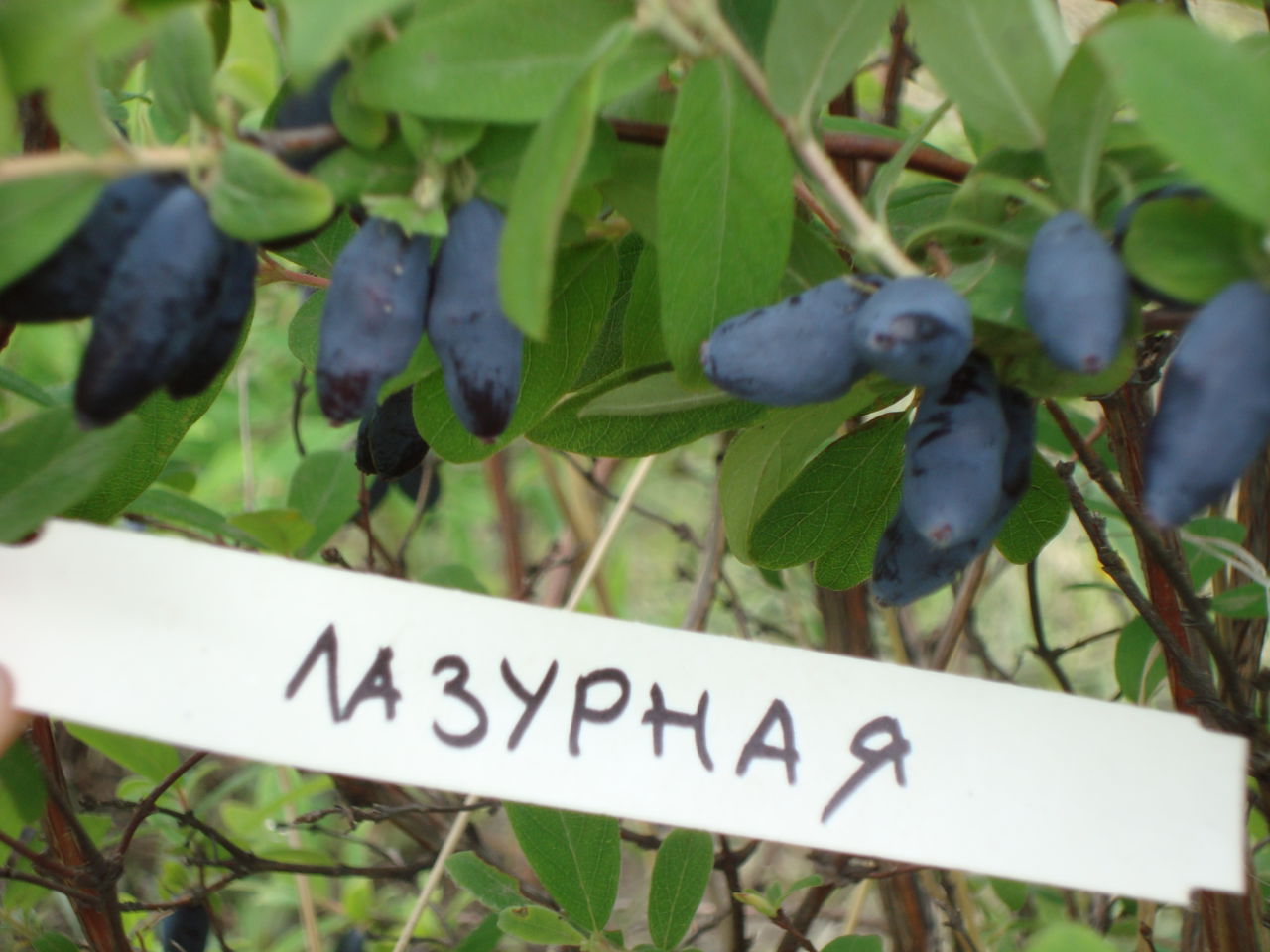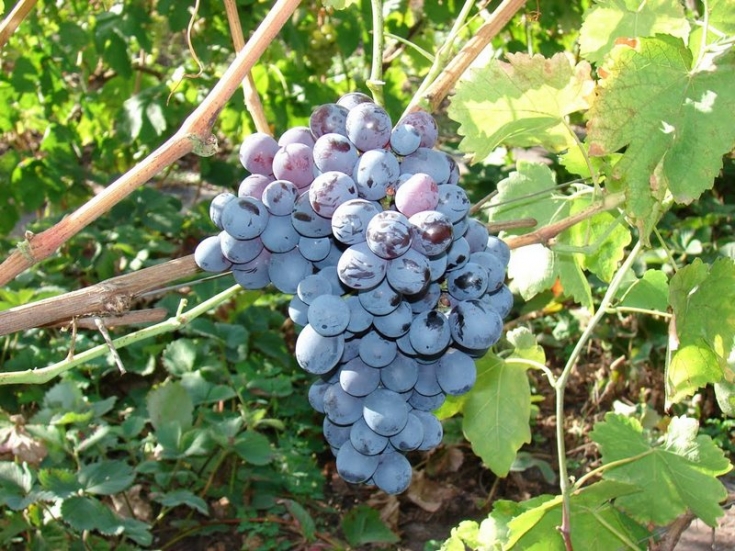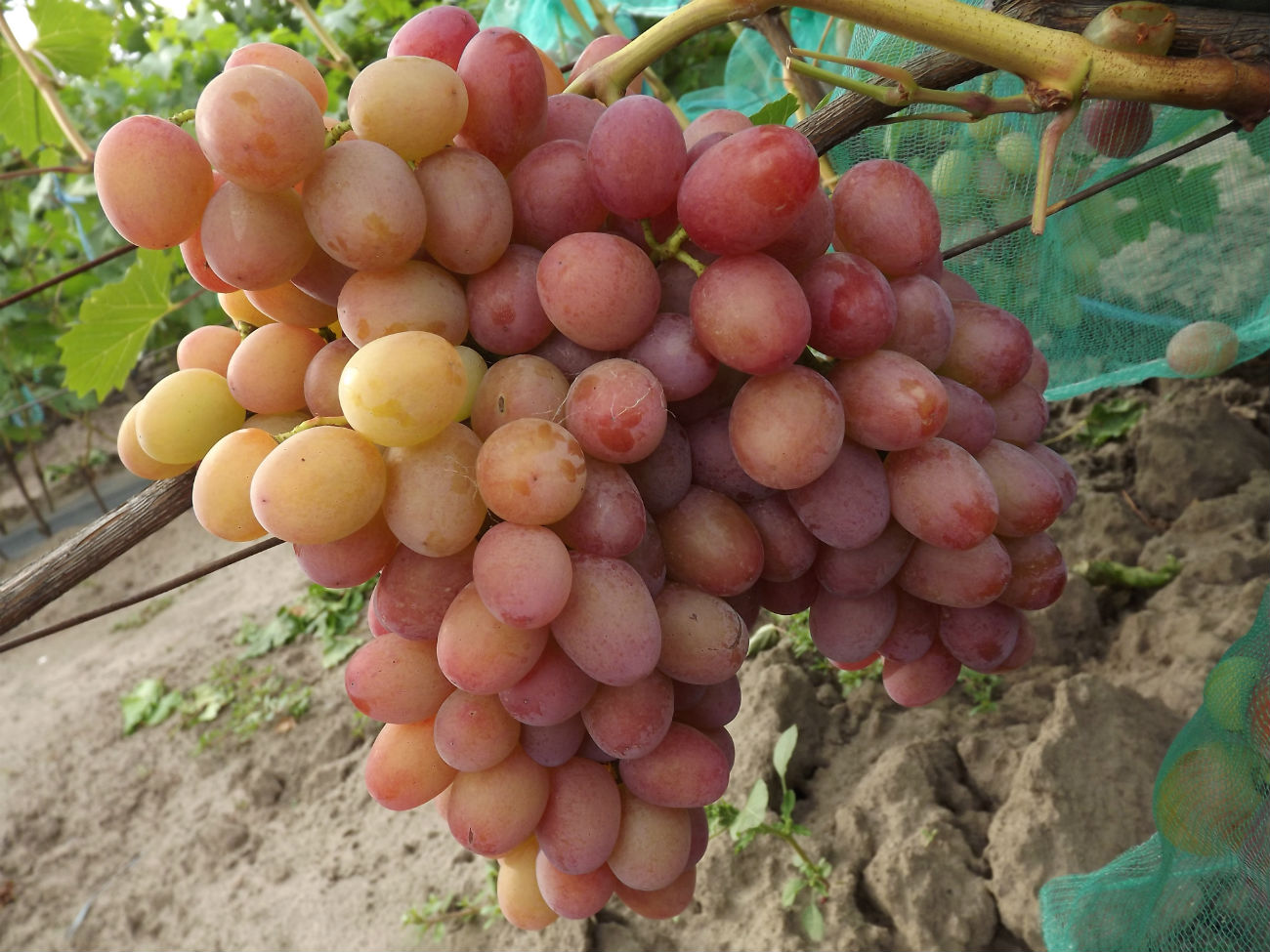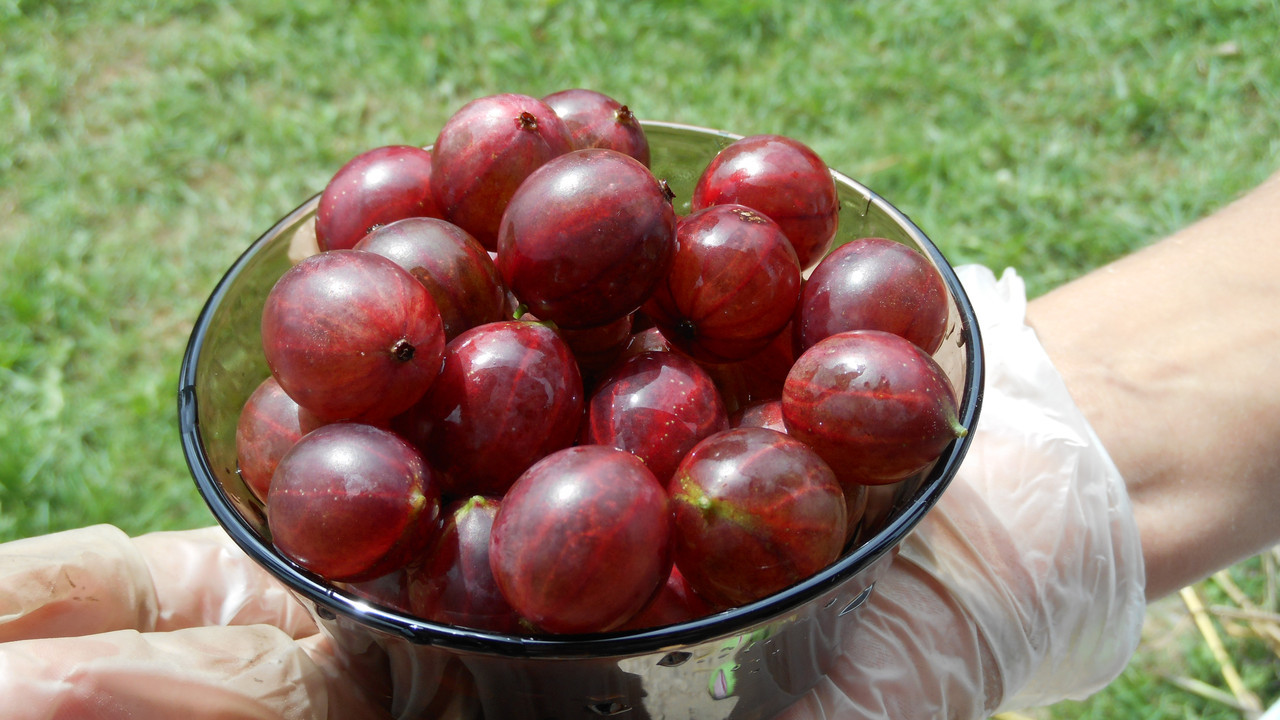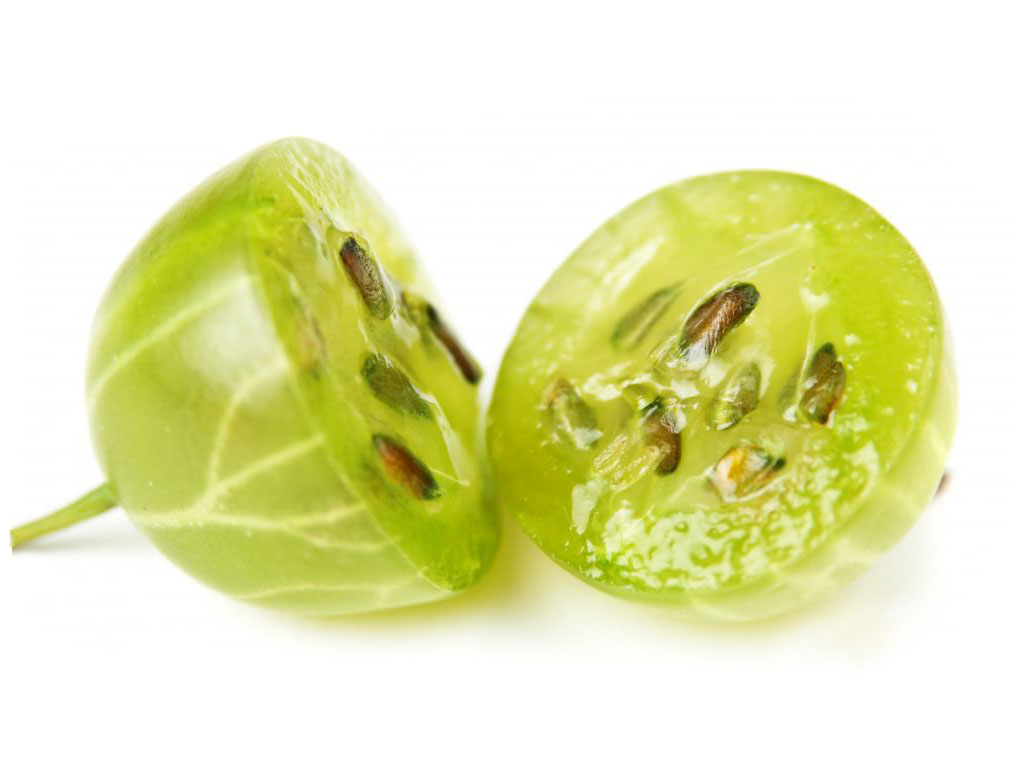Content:
Evergreen shrubs are an excellent design solution in many cases. At the same time, Mahonia still yields delicious berries, and can also be used as a useful folk remedy. This article will talk about this shrub in more detail.
Magonia shrub: features
About fifty species of this shrub are known. It is most common in North and Central America, as well as in East Asia (Japanese mahonia).
This shrub is evergreen. Its leaves are leathery, pinnate and shiny. The edge of the leaves of evergreen Mahonia consists of small teeth. Its flowers are yellow, small, and grow in large inflorescences.
Mahonia berries are blue in color with a bluish bloom. Sometimes they may appear white or reddish. The shape of the berries in Mahonia medium Charity can be not only round, but also oval. The berries can reach a size of 1 cm. The harvest ripens in May.
The plant can tolerate insufficient lighting. If pruned, the shrub tolerates it well. It is resistant to some diseases and pests.
Characteristics of some varieties
Anyone who sees Mahonia during flowering will not forget this. There are more than fifty varieties of this plant. Two of the most famous of them will be discussed here.
Magonia is hollow
It is common in North America. In the wild, it occurs in forests and wooded slopes. The shrub is not afraid of drought.
The height of the shrub reaches one and a half meters. It is evergreen. Annual growth is 10 cm in height and 10 cm in spread. The leaves are shiny, their edges are in the form of small sharp teeth. When new, they have a reddish tint. Then they turn green. When it is time to wilt in autumn, their color becomes red-bronze-golden.
The foliage of this type of Mahonia is similar in shape to the leaves of the holly. Inflorescences are erect and branched, flowers are small and yellow. The shrub blooms in May. This happens within about one month. Sometimes there can be a second flowering period - in October.
Mahonia's fruits are blue berries with a sweet and sour taste. Fruiting time begins in August.
It is a cross-pollinated plant. Therefore, you need to plant not one separate bush, but at least two bushes side by side. If pollination goes well, then the bushes will be densely showered with berries.
Despite the abundance of berries, Apollo's holly magonia is mostly used as an ornamental plant. The bushes are spread by means of root processes. Low dense thickets are gradually formed.
Magolia holly looks beautiful throughout the year. In the spring, the bushes are covered with reddish tender leaves. During flowering, yellow inflorescences are formed, which are perfectly combined with green leathery leaves. During fruiting, blue fruits look beautiful. The shrub has an interesting property: in winter, its leaves turn red.
Magonia creeping
It grows in North America. Grows well in natural conditions. Commonly found on overgrown hillsides or deep in forests.
The Mahonia plant is good at tolerating drought. In the culture of gardening, it is used relatively rarely.
The flowering time of creeping magonia is in May. It lasts for a month. Sometimes the second bloom occurs in September.
Outwardly, this variety is less effective in comparison with holly Mahonia. The shrub begins to bloom from the age of six. Having a beautiful yellow flower, creeping magonia is inferior to other species in beauty.
More resistant to frost than holly magolia. Propagated by root processes. Winter hardiness is high. Moreover, its rooting ability is also considered high.
In Moscow, it can survive the winter outdoors. Despite its resistance to cold, it is recommended to cover it when growing at the onset of frost.
Growing Mahonia in the open field
Usually planted on a site in the ground, which is well lit. If there is shade, the shrub is able to tolerate it well. Despite the unpretentiousness, planting and caring for the Mahonia shrub must be carried out in accordance with the necessary rules.
What time to plant
The best time for this is early spring. The plant loves fertile and loose soil. Cuttings are the main way to propagate Mahonia.
Landing features
Mulching is not necessary in spring. Young plants of Apollo Mahonia prefer to receive a large amount of moisture.
They plant in a hole 50 cm deep. In a dense planting, the distance between plants cannot be less than one meter.
The root collar should remain level with the ground when planting.
Care
When caring for magolia, you need to consider a number of features that you need to know for its successful cultivation.
How to water
Watering is recommended at least twice a week. At the same time, it is recommended to spend at least a bucket of water for each plant.
It is advisable to combine watering with crown irrigation. Immediately after these procedures, it is necessary to loosen the soil. At the same time, you need to look after the weeds and remove them in a timely manner.
Top dressing
It is customary to feed twice during the season.
Transfer
In general, this bush does not tolerate transplantation very well. This can be done, but in rare cases. You can transplant in the spring (this is the best time), in the summer or early autumn. Magolia responds very poorly if transplanted in late autumn.
Pruning
This procedure is rarely applied to magolia. One of the reasons is the low height of the bush.
This is usually done with the aim of making the bushes thicker. In this case, pruning is performed during the flowering period.
When performing this operation, it must be borne in mind that inflorescences are formed on last year's shoots. Therefore, pruning is performed in such a way that at least half of the shoot remains.
Reproduction
This is how Mahonia multiplies. This can be done in several ways:
- layering;
- cuttings;
- by vaccination.
Preparing for winter
Different species have different resistance to the cold season.
Evergreen magolia has different forms with different winter hardiness. Those that belong to the northern regions of their homeland survive the winter well and grow in the cold Russian climate.More southerly forms, according to the description, do not show such resistance to cold and grow better in southern regions.
Young plants are more vulnerable. Therefore, in order for them to endure the winter without losses, it is necessary to cover them for the winter with spruce branches, cut grass, fallen leaves. It is recommended to cover the top of the shrub with plastic wrap.
Despite the fact that magolia produces delicious sweet and sour fruits, its primary field of application is decorative. Mahonia in landscape design is used for single planting, and for decorating rocky hills, and when planting along curbs. Another common application is making winter bouquets from Beale's magonia.
